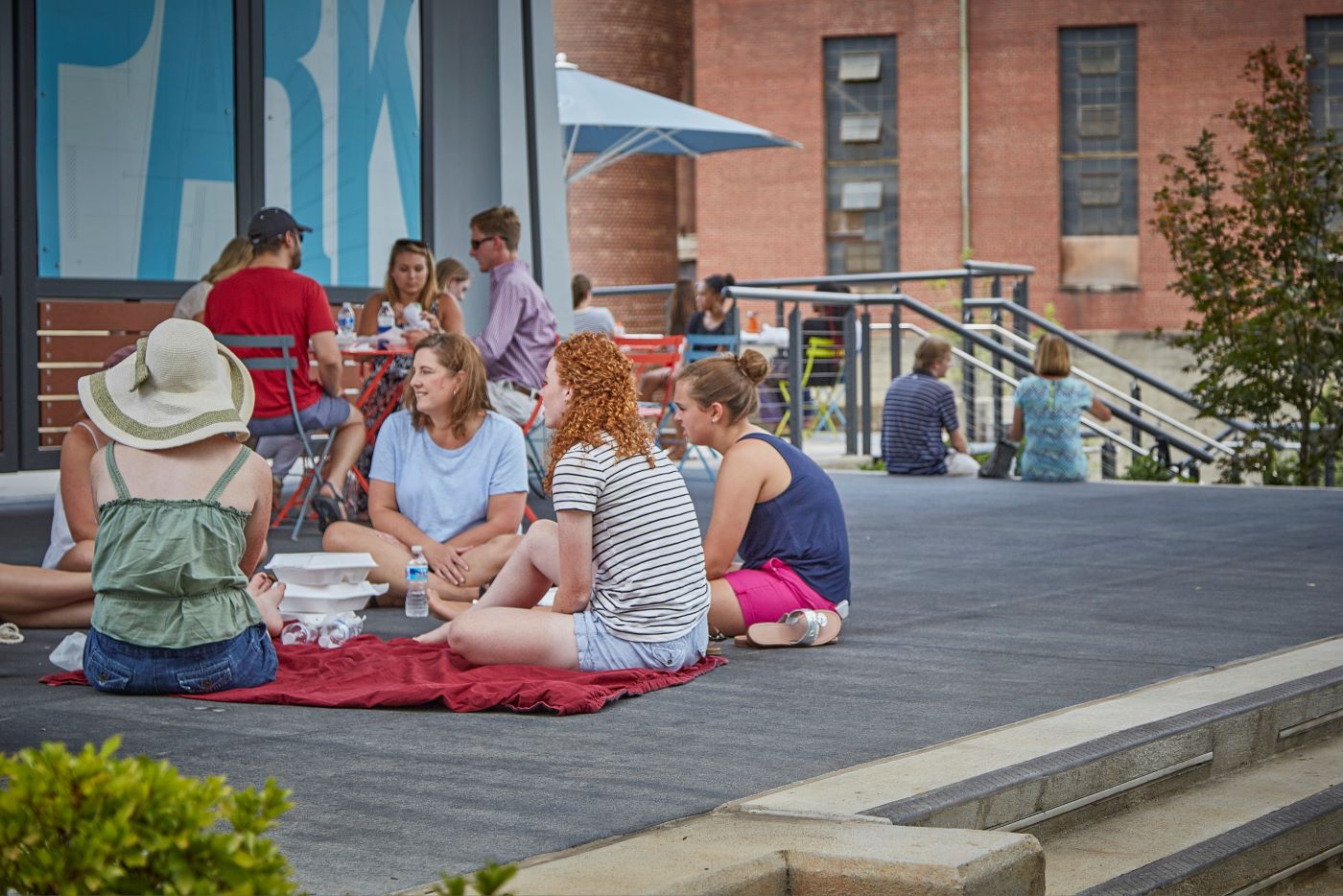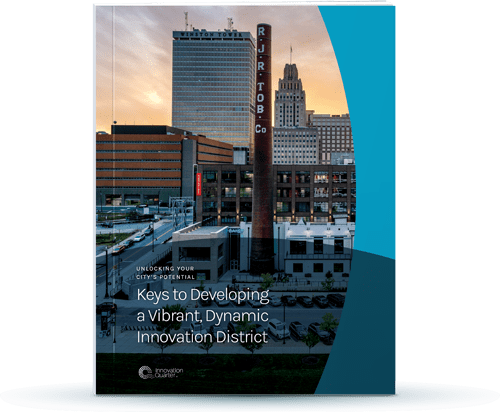Placemaking is defined as intentional use of public spaces to strengthen community connections among people and a place itself.
Standard placemaking is all about creating engaging, quality locations. It’s a process that draws the community together and encourages collective ownership and shared use of public spaces. Quality and engagement are cultivated over time as businesses, infrastructure and programs are developed to promote the mental and physical well-being of those living there.
Types of Placemaking
While placemaking centers around creating quality spaces, the nature of the development initiatives, goals and timelines often vary and can be defined by three specializations:
- Strategic Placemaking targets a particular mid-to-long-term goal usually tied to promoting a healthy economy and innovative ecosystem.
- Creative Placemaking focuses on the cultural and aesthetic aspects of a place. Activities that bring diverse people together and improve public safety include festivals, art, museums, events and more.
- Tactical Placemaking takes an accelerated approach to change. It prioritizes profit over design by quickly and deliberately implementing new concepts with realistic expectations as a foundation for more substantial investments.
Whether focused on art or business, done in one week, one year or 15 years, placemaking aims to create a sense of space that makes people love where they live—and encourages others to join.
Defining Quality of Life
What exactly are constituents looking for in a place where they can live, work and play? The following are key characteristics that measure the impact of placemaking on quality of life:
Accessibility
Accessible places are highly walkable, pedestrian-friendly, convenient and enable diverse populations to convene in a shared space. This means there are plenty of affordable residential options, and the area is accommodating for various modes of transportation and those with special needs.
Sociability
Social interaction is crucial to innovation and making people feel connected to where they live. These interactions can be in the form of networking, volunteerism, events, dining or simply engaging with neighbors and strangers. A place with high sociability is one where you’ll find restaurants buzzing with crowded tables, groups gathered in parks and walkers smiling as they pass one another.
Usability
A place’s usability is defined by the activities and real estate it has to offer. People need places to go and things to do—whether it’s shopping, playing, sightseeing or learning. There should be something to engage people of all ages and backgrounds.
Livability
Livability is where basic human needs come into play—do people feel safe? Is there a high level of crime? Is it clean? Is it somewhere people feel comfortable and want to spend their time? Aesthetics such as well-kempt amenities and art also contribute to a place’s livability.
Placemaking in the Innovation Quarter
Placemaking in Winston-Salem’s Innovation Quarter has been underway for more than two decades. Acres of undeveloped land and unused buildings have been transformed into a hub for academia, innovation and recreation. From Winston Salem’s startup ecosystem and anchor institutions to its cultural activities and street art, the Innovation Quarter plays a critical role in the strategic, creative, and tactical placemaking that creates quality spaces for a community to thrive.




